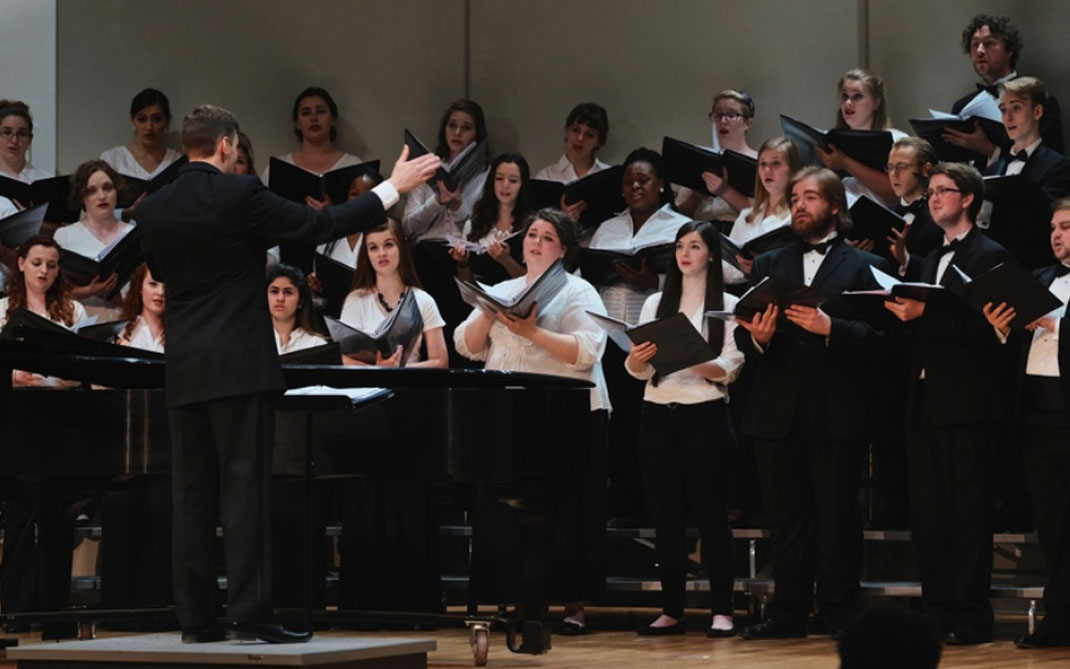Campus Lockdown Implementation Regulation 708
| Regulation 708 | Approved: June 13, 2018 |
| UNIVERSITY OF NORTH CAROLINA SCHOOL OF THE ARTS Trespass Regulation 708 |
|
| Source of Authority: |
UNC System Inquiry and Standard Safety Protocols |
| Revision Authority: | Chancellor |
| History: | First Issued: June 13, 2018 |
| Related Policies: |
Emergency Management Regulation 701; |
| Responsible Offices: |
Information Technology; |
| Effective Date: | June 13, 2018 |
I. Purpose
The purpose of this regulation is to establish the procedures and authority for activation of electronic door lock measures, or “lockdown” in order to aid in minimizing access and securing campus facilities during an emergency incident.
II. Scope
This regulation applies to all departments and facilities managed by UNC School of the Arts.
III. Definitions
A. Electronic Door Lock Controls refers to the system of measures designed to remotely lock exterior doors to buildings on campus. “Lockdown” is a term generally applied to this situation, however doors with glass inserts, propped doors and other mechanical issues prevent the implementation of a true “lockdown.”
IV. Regulation
A. UNCSA aims to reduce the risk of injury and danger to faculty, staff, students and visitors by unauthorized or violent persons who pose an active threat to campus safety by utilizing electronic door lock controls to initiate a secured door state, or “lockdown,” thus reducing or slowing the ability of an armed perpetrator or other threat to access the interior facilities on campus, and thus more potential victims.
B. For the purposes of this system, and relating to the size of campus, if there is a threat on campus which would lock down one building, the threat may transfer to the rest of the community as well, thus centralized reporting and activation are necessary.
C. Electronic door lock measures will be implemented for situations, including but not limited to:
- Active Shooter;
- Shots fired on campus
- Police incident involving dangerous person(s) not in custody who poses an active threat;
- A confirmed situation off campus which is believed to threaten the physical safety of the on-campus community;
- Other situations deemed an immediate threat to the physical safety of individuals on campus.
D. During an activation, exterior campus doors which are closed will be remotely secured. Note: Doors which are not equipped with electronic locks, or are propped open, malfunctioning, or otherwise not securely closed will not secure. It will be incumbent upon department faculty and staff, as well as the UNCSA Police Department during routine patrols, to report door closure issues to the Facilities Maintenance Division for timely repairs.
E. This system will be maintained by the Information Technology Department. The UNCSA Police and Public Safety Department will train its personnel in activating the system.
F. Authorization for Activation:
The activation of the electronic door lock controls is primarily designated to the UNCSA Police and Public Safety Department. Activation may also be authorized by the Vice Chancellor for Finance and Administration, Provost, and Chancellor’s Chief of Staff, or their designees.
V. Revision History
A. June 13, 2018 - Approved by the Chancellor and the Cabinet.
UNIVERSITY OF NORTH CAROLINA SCHOOL OF THE ARTS
Campus Lockdown Implementation Procedures
Procedure 708
I. Activation
A. Notification to the UNCSA Police and Public Safety Department Communications Center (336-770-3321 or 336-770-3362 or 55 from a landline) from anyone regarding an ongoing physical threat to the campus community may initiate the process to activate the electronic door lock controls.
B. Upon said notification, police officers will respond to the location to confirm emergency and nature of the ongoing threat; however if preliminary information is valid and reliable enough to indicate a clear and present danger to campus, the electronic door lock controls may be activated immediately and before officers arrive on scene.
C. If not immediately activated, upon reasonable and timely confirmation of an active threat to the life and safety of the campus community, the UNCSA Police and Public Safety Department will activate the electronic door lock controls protocol. The protocol will immediately be followed by the UNCSA Police access override to allow UNCSA first responders to access facilities to respond to the situation.
D. Electronic door lock measures will be implemented for situations, including but not limited to:
- Active Shooter;
- Shots fired on campus;
- Police incident involving dangerous person(s) not in custody who poses an active threat;
- A confirmed situation off campus which is believed to threaten the physical safety of the on campus community;
- Other situations deemed an immediate threat to the physical safety of individuals on campus.
E. In addition to activating the electronic door lock controls, the Emergency Notification System will be activated to notify the campus of the threat.
Note: Upon activation, persons outside of buildings will not be able to enter buildings, and will be directed to leave campus by the most direct means possible.
II. Notifications
A. Upon activating the electronic door lock controls and Emergency Notification System, if not already aware, the Chief of Police and Emergency Manager will be notified of the incident and, if off campus, will respond to campus. The Chief of Police will in turn ensure the notification of the Vice Chancellor for Finance and Administration or their designee of the verified details of the activation.
III. Ending the Secured Door Control State
A. Once a situation has been deemed safe and the threat neutralized or dispelled, the Emergency Notification System will be used to inform the campus community with an All Clear message. Emergency Operations Center (EOC) personnel will be requested to assemble or conference call to review the need for continued operations based on the status.
B. Responders managing the situation in concert with the EOC Policy Group will coordinate with Division of Strategic Communications regarding a detailed follow up message to the community.
IV. Review
After each activation of this system, a review will be conducted in order to determine if any changes, improvements may be made to the protocols, mechanisms, or communications.





